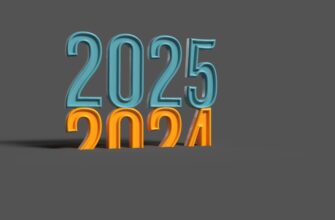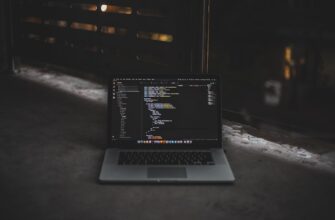The Bitcoin halving countdown is one of the most anticipated events in the cryptocurrency world. Occurring roughly every four years, this event directly impacts Bitcoin’s supply, miner rewards, and often its market price. But what exactly does the Bitcoin halving countdown mean, and why should investors and enthusiasts care? In this article, we’ll break down the mechanics of Bitcoin halving, explore its historical significance, and explain how the countdown works.
## What Is Bitcoin Halving?
Bitcoin halving is a pre-programmed event in the Bitcoin protocol that reduces the reward miners receive for validating transactions by 50%. This process occurs every 210,000 blocks—approximately every four years—to control inflation and ensure Bitcoin’s scarcity over time. Here’s a quick overview:
– **Purpose**: Slow the creation of new Bitcoin, mimicking the scarcity of precious metals like gold.
– **Supply Cap**: Bitcoin’s maximum supply is capped at 21 million coins. Halvings ensure this limit isn’t reached too quickly.
– **Historical Halvings**:
1. **2012**: Reward dropped from 50 BTC to 25 BTC.
2. **2016**: Reduced to 12.5 BTC.
3. **2020**: Cut to 6.25 BTC.
The next halving is expected in April 2024, reducing rewards to 3.125 BTC.
## The Bitcoin Halving Countdown: How It Works
The countdown tracks the time remaining until the next halving. Since Bitcoin blocks are mined every 10 minutes on average, the halving date can be estimated—but not pinpointed exactly—due to fluctuations in mining activity. Key aspects include:
– **Block Height**: Halvings occur at specific block numbers (e.g., 840,000 for the 2024 event).
– **Countdown Clocks**: Websites like BitcoinBlockHalf.com display real-time estimates.
– **Why Variability Exists**: Mining difficulty adjustments and network hash rate changes can speed up or delay the countdown.
## Why the Bitcoin Halving Countdown Matters
1. **Supply Shock**: Fewer new coins enter circulation, potentially increasing scarcity.
2. **Miner Economics**: Reduced rewards squeeze less efficient miners, possibly centralizing mining power.
3. **Market Sentiment**: Historically, halvings precede bull markets due to perceived scarcity.
4. **Long-Term Value**: Halvings reinforce Bitcoin’s deflationary design, contrasting with fiat currencies.
## Historical Impact of Bitcoin Halvings
Past halvings have shaped Bitcoin’s trajectory:
– **2012 Halving**: Price rose from $12 to over $1,000 in a year.
– **2016 Halving**: Preceded the 2017 bull run to $20,000.
– **2020 Halving**: Fueled a rally to an all-time high of $69,000 in 2021.
While past performance doesn’t guarantee future results, these events highlight Bitcoin’s cyclical nature.
## How to Track the Bitcoin Halving Countdown
Stay updated with these tools:
1. **BitcoinBlockHalf.com**: Simple countdown timer and block tracker.
2. **CoinGecko/CoinMarketCap**: Market data platforms with halving sections.
3. **Mining Pools**: Sites like ViaBTC provide real-time block updates.
## Bitcoin Halving Countdown FAQ
### Q: Why does Bitcoin halving happen?
A: To enforce scarcity by reducing new supply, mimicking deflationary assets like gold.
### Q: How does halving affect Bitcoin’s price?
A: Reduced supply often increases demand, potentially driving prices up—but market conditions vary.
### Q: Can the halving be delayed?
A: Only temporarily if block production slows. The protocol adjusts difficulty to maintain ~10-minute blocks.
### Q: What happens after all Bitcoin is mined?
A: Miners will rely solely on transaction fees, estimated around 2140.
### Q: Should I buy Bitcoin before the halving?
A: While halvings are bullish catalysts, always assess risk and market trends.
## Final Thoughts
The Bitcoin halving countdown isn’t just a timer—it’s a reminder of Bitcoin’s innovative economic design. By understanding its mechanics and historical impact, investors can better navigate the opportunities and challenges this event brings. Stay informed, track the countdown, and keep an eye on how scarcity continues to shape Bitcoin’s journey.








